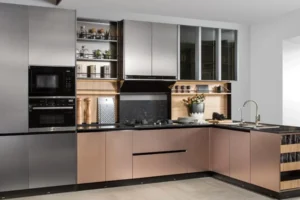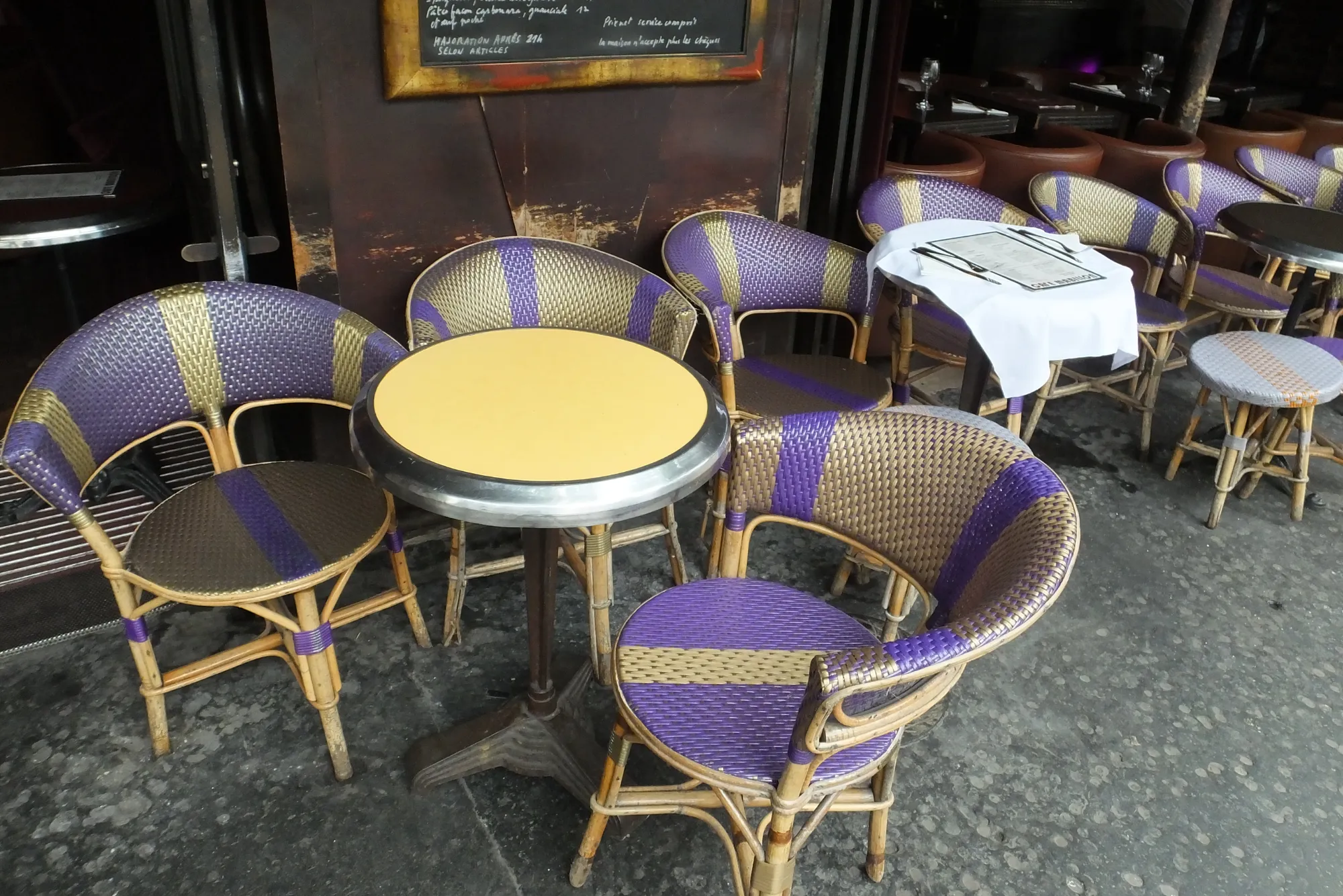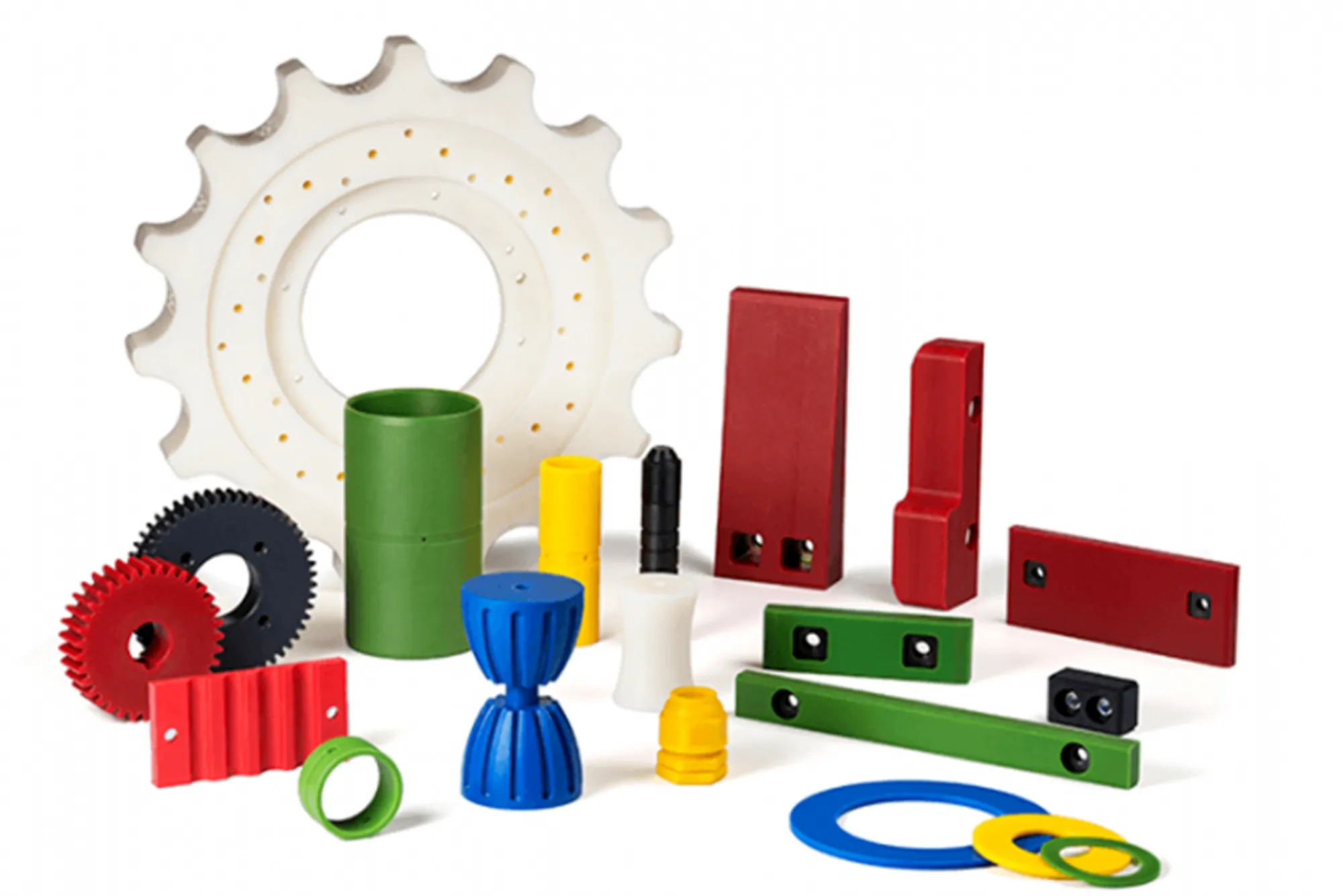A “dirty kitchen” is a unique feature of many Filipino homes, reflecting the rich cultural heritage of the Philippines. Unlike the main kitchen inside the house, the dirty kitchen is primarily used for heavy cooking and tasks that produce smoke, heat, or strong odors. This article explores the concept of the native dirty kitchen, its design elements, and its significance in Filipino culture.
Understanding the Concept of a Dirty Kitchen
A dirty kitchen, known locally as “kusinang marumi,” is a secondary cooking space typically located outside or semi-attached to the main house. Its purpose is to keep intense cooking activities, such as frying or grilling, away from the main living areas to maintain cleanliness and prevent odors from permeating the home. The dirty kitchen holds historical and cultural significance in the Philippines, where communal cooking and outdoor food preparation are deeply rooted traditions.
Key Elements of a Native Dirty Kitchen Design
- Materials Used: Native dirty kitchens are often constructed using locally sourced materials like bamboo, wood, nipa, and natural stone. These materials are not only cost-effective but also blend harmoniously with the natural surroundings, creating an earthy and traditional feel.
- Layout: A native dirty kitchen is usually designed as an open or semi-open space, separate from the main house. It often includes a covered area to protect against rain while remaining open on the sides to facilitate air circulation.
- Cooking Features: Traditional cooking tools like the “kalan” (clay stove), wood-fired cooking areas, and charcoal grills are common. These features allow for authentic Filipino cooking methods that rely on wood or charcoal as fuel sources.
- Storage Solutions: Storage in a native dirty kitchen often involves hanging baskets, wooden shelves, or racks made from bamboo. These solutions are practical and align with the minimalist and functional aesthetic of a traditional Filipino kitchen.
- Ventilation and Lighting: Given the nature of heavy cooking, natural ventilation is crucial. Native designs often feature wide windows or open sides to promote airflow. Skylights or thatched roofs with gaps provide natural lighting during the day.
Design Inspiration from Traditional Filipino Homes
Native dirty kitchens draw inspiration from the traditional Filipino “bahay kubo” (nipa hut) and rural architecture. Examples from different regions, such as the Visayas, Luzon, and Mindanao, showcase unique adaptations to local climate and available materials. The design principles focus on practicality, sustainability, and harmony with the environment, embodying the Filipino value of resourcefulness.
Modern Adaptations of Native Dirty Kitchen Designs

While native designs remain popular, many homeowners are integrating modern elements into their dirty kitchens. This blend includes using contemporary materials like stainless steel or concrete countertops while maintaining the traditional look with bamboo or wooden cabinetry. Modern adaptations may also feature built-in appliances, such as gas stoves or ovens, that complement the rustic appeal of the native design.
Benefits of a Native Dirty Kitchen
- Enhanced Ventilation for Heavy Cooking: Open spaces and natural airflow prevent smoke and heat from accumulating, making it ideal for tasks like grilling or deep frying.
- Reduced Odor and Smoke Inside the Main House: By keeping intense cooking activities outside, the main living area remains free from lingering odors.
- Preservation of Filipino Culture and Tradition: Native designs reflect the cultural heritage of communal cooking and outdoor food preparation.
- Cost-Effective and Sustainable Kitchen Solutions: Using local materials and traditional construction methods can be more affordable and environmentally friendly.
Challenges in Designing a Native Dirty Kitchen
- Finding Skilled Craftsmen: It may be challenging to find builders familiar with traditional Filipino craftsmanship and materials.
- Balancing Aesthetics with Functionality: While maintaining a traditional look, the kitchen must still meet modern standards for convenience and safety.
- Maintenance and Durability: Natural materials like bamboo and wood require regular maintenance to ensure longevity, especially in tropical climates.
Tips for Designing Your Own Native Dirty Kitchen
- Choosing the Right Location and Materials: Select a site that provides natural ventilation and choose materials that are durable and locally available.
- Incorporating Natural Elements: Use natural materials like wood, stone, and bamboo to create an authentic native kitchen.
- Budget Considerations: Plan your design around a budget, focusing on cost-effective materials and construction techniques.
- Working with Local Artisans: Collaborate with local builders and craftsmen who understand the traditional techniques and materials used in native kitchen designs.
Native dirty kitchen designs are more than just practical solutions for heavy cooking; they are a reflection of Filipino culture, resourcefulness, and connection to nature. By blending traditional and modern elements, homeowners can create a space that is functional, sustainable, and uniquely Filipino.
Call to Action
Have you designed your own native dirty kitchen? Share your experiences and design ideas with us! If you’re looking for local artisans or materials suppliers, check out our resource links to connect with experts in native kitchen design.








